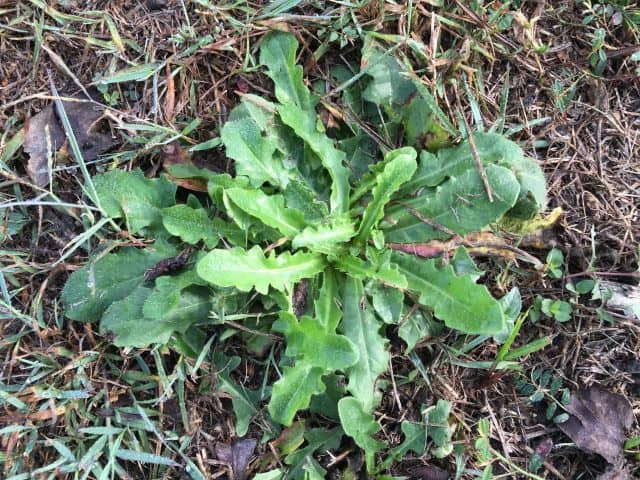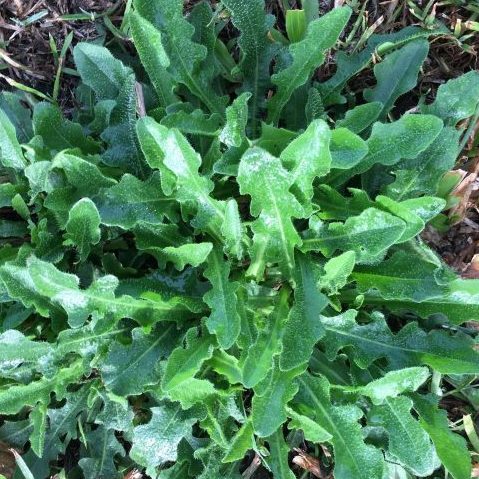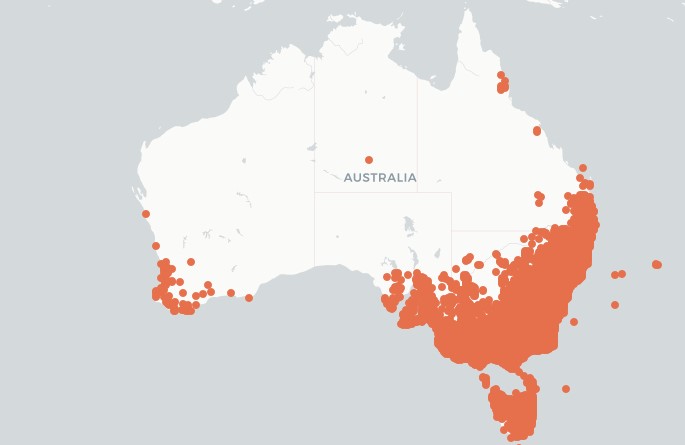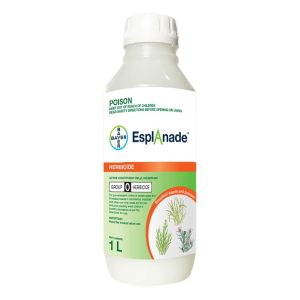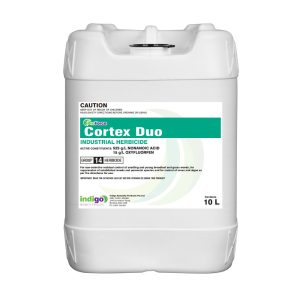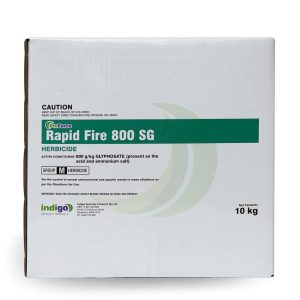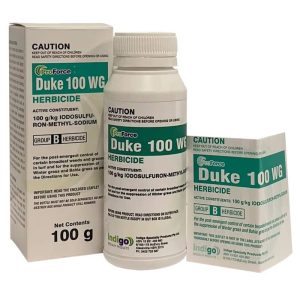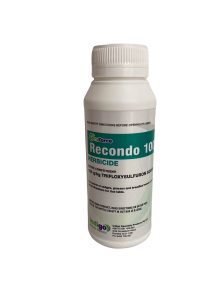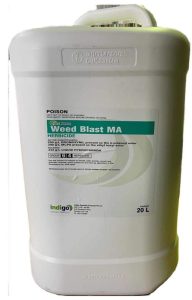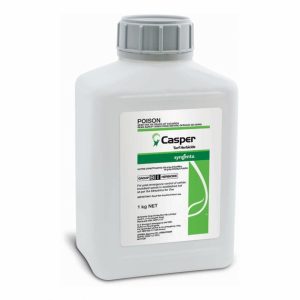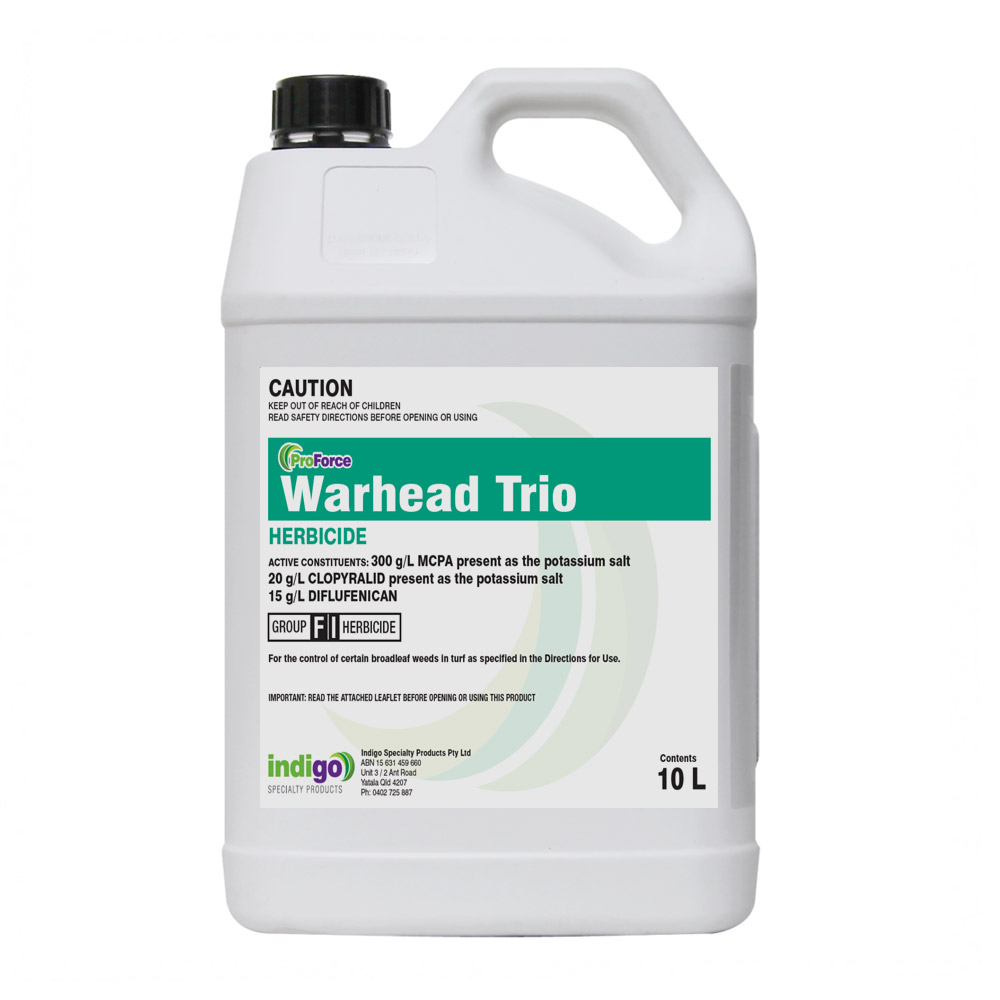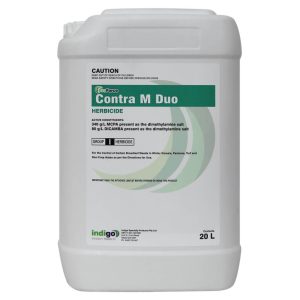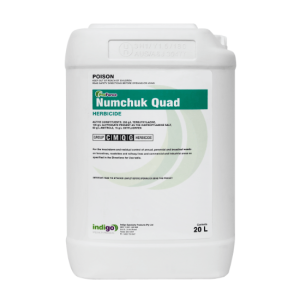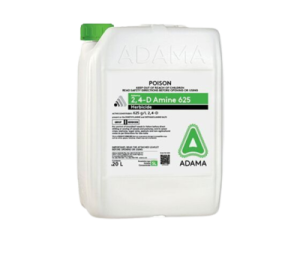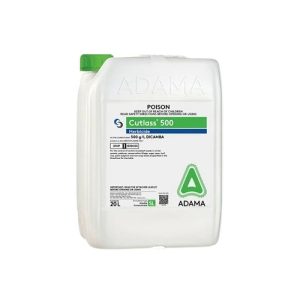Catsear (Hypochoeris radicata).
After you read this, you will be able to:
- Identify False Dandelion, Catsear Weed or Flatweed .
- Know the habitat of Catsear, Dandelion or Flatweed.
- Know the best cultural and chemical options to control this weed.
Thanks to The Atlas of Living Australia for the distribution map of Catsear in Australia.
Why is Catsear a Problem Weed?
- Catsear is common in lawns.
- At high density, Catsear interferes with grass growth.
- It looks unsightly.
- Catsear interferes with the growth of native species.
- It has a deep taproot that makes it difficult to control and helps it to survive in drought conditions.
- It is toxic to horses and causes stringhalt.
Weeds Confused with Catsear.
Catsear is a rosette type weed and during its vegetative stages, you can confuse it with Dandelion, Capeweed, Sowthistle and Fleabane.
Plant | Rosette | Annual or Perennial | Stems | Leaves | Flower Colour | Comments |
Dandelion | Yes | Perennial | Single unbranched and hollow. None or have minimal leaves. | Deeply toothed or lobed (point backwards). | Single Yellow flower per stalk, made of many small florets | When the stem or leaves are cut exudes sap. Open up when the sun is out, and then close at night. |
Capeweed | Yes | Annual | Several branches with a hollow core | Hairy undersides | Yellow with black centre | |
Catsear | Yes | Perennial | Multiple, branches. None or have minimal leaves. | Club shaped and sometimes hairy | Yellow. Made up of numerous tightly packed florets. | Has milky sap in its stems and leaves. Needs the sun for the flowers to open in the morning. Once open can't close for at least 3 hours. |
Gazania | Yes | Annual | No leaves | Hairless on the upper surface, woolly white hairy underneath. | Yellow | |
Fleabane | Yes | Annual, Biennial or short lived Perennial | Starts as a rosette and then grows tall, upright flower stems. | Elongated with bluntly toothed to deeply lobed margins. | Small tufted white daisy like flowers | |
Oriental Hawksbeard | Yes | Annual | Single leafy, branched main stem. | Hairy and emit a milky sap | Yellow | |
Sowthistle | Yes | Annual, biennial or perennial | Several branches, hollow stalks | Adult leaves are serrated and deeply lobed. They have a major triangle-shaped lobe at the tip of the leaf. | Yellow with several flowers per stalk | Open up when the sun is out, and then close at night. |
False Dandelion is a perennial edible weed, and an indicator weed of well drained soil.
More information on turf weeds is in our weed ID chart.
How to Identify Catsear.
How to Remove Catsear From Your Lawn.
Management Calendar for Catsear.
Management Calendar for Catsear | ||||||||||||
Perennial | ||||||||||||
Jan | Feb | Mar | Apr | May | Jun | Jul | Aug | Sep | Oct | Nov | Dec | |
Germination | Yes | Sometimes | ||||||||||
Active Growth | ||||||||||||
Flowering | ||||||||||||
Fruiting | Sometimes | Yes | ||||||||||
Pre emergent Herbicide | ||||||||||||
Post emergent herbicide | ||||||||||||
Cultural Control of Catsear.
- Dense, well-fertilised turf grass deters the germination of this weed.
- Hand removal. Remove the plant below the crown in the early Spring. Remove and destroy flower heads before they seed, because if buds or flowers are present when you dig it up, this weed will still seed. Do not compost buds or flowers. Once you remove the crown, the plant cannot grow back.
- Grass selection (turf seed or vegetative) also plays an important role in managing this weed. The wrong grass type for your climate or situation and it will struggle, become thin and then create conditions that favour Catsear.
- Mow at the correct height for your turf. If you mow too low, this favours False Dandelion and stimulates flower growth.
Chemical Control of Catsear.
Post Emergent Herbicides.
- 2,4-D. This tends to burn the top of Caltrop but it then grows back.
- Warhead Trio. Safe on Buffalo grass.
- Contra M herbicide. Don’t use Contra M on Buffalo grass.
- MCPA.
- Weed Blast MA. Safe on Buffalo grass.
- Casper Turf. Casper Turf is registered in South Africa at 600 to 800g/Ha for this weed. Don’t use Casper Turf on Buffalo grass.
- Dicamba. Don’t use Dicamba on Buffalo grass.
Rates of Post Emergent Herbicides for Catsear.
Product | Active | Chemical Group | Rate/Ha | Comments | ||||
2,4-D | 2,4-D | 4 | 1.8-3.2 | Wet foliage thoroughly. DO NOT mow lawn for 1 week before and at least 1 weed after application. DO NOT use on Buffalo grass (WA only). | ||||
Casper | Prosulfuron + Dicamba | 2 and 4 | 800g-1Kg | Apply from Autumn to Spring. Use high rates in cool months or if high weed pressure. Control takes 4 to 6 weeks. Use an NIS at a rate of 0.25 to 0.5% v/v. | ||||
Contra M. | Dicamba + MCPA | 4 | 6.5 L | Apply in 250-400L water. DO NOT use on Buffalo grass. After use do not mow for 2 days before or after application or fertilize within two weeks. | ||||
Dicamba | Dicamba | 4 | 1.2L + 3.2L of 2,4-D Amine 625g/L | Use a minimum of 1000L/Ha water. Do not spray on Buffalo or Bent Grass. | ||||
MCPA | MCPA | 4 | 930ml -1.8L | Apply in high volume to actively growing weeds. DO NOT mow for 2 days before application. Some transitory damage may occur to fine turf grasses | ||||
Warhead | MCPA + Clopyralid + Diflufenican | 4 + 12 | 5 L | You may see discolouration on kikuyu, carpet grass and Queensland blue. Avoid overlapping. Use an NIS. | ||||
Weed Blast MA | Bromoxynil + MCPA | 6 + 4 | 3-6L | Apply in a minimum of 500L/Ha water. DO NOT mow for 2 days after treatment. | ||||
Non Selective Control of Catsear.
- Glufosinate-ammonium provides control for 4 to 6 weeks, but False Dandelion regrows due to the limited movement of glufosinate.
- Glyphosate. You can use Glyphosate but if water quality is an issue then use ProForce Manta Ray.
The following are non-selective but also have a long term residual and stop re-growth of Catsear Weed.
- Renegade. Renegade stops seed germination for up to 12 months, and reduces the need for multiple herbicide applications.
- Numchuk Quad. This gives effective post and pre emergent False Dandelion control for up to 12 months.
- Cortex Duo. Cortex Duo gives a rapid knockdown of Catsear, and residual control for up to 3 months. It is also safe to use around trees.
Table of Non Selective Herbicides for Catsear.
Product | Active Ingredient | Group | Use Rate/Ha |
Glufosinate 200 | Glufosinate-ammonium | 10 | 1 to 6 L |
Rapid Fire 800 | Glyphosate | 9 | 0.9 to 1.35 Kg |
Numchuk Quad | Terbuthylazine + Glyphosate + Amitrole Oxyfluorfen | 5 + 9 + 34 + 14 | 20 to 25 L |
Cortex Duo | Nonanoic Acid + Oxyfluorfen | 14 | 7 L/1000L |
Renegade | Bromacil | 5 | 3.5 to 6.5 Kg |

